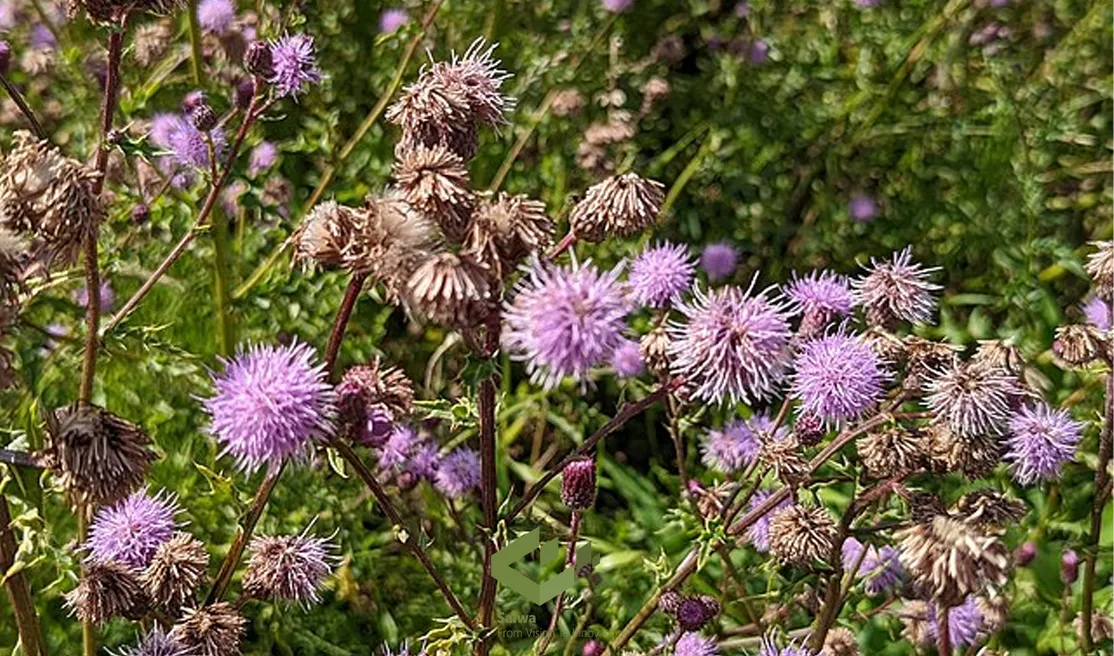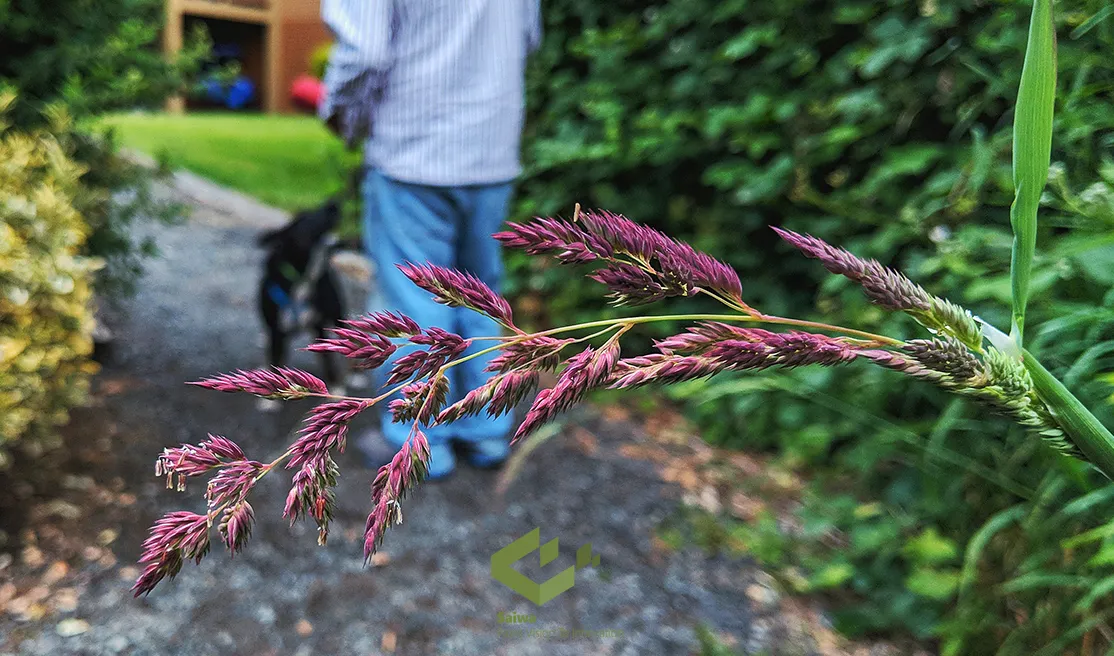Noxious Weeds in Alberta - Weed Control Using AI Technology

Alberta is home to diverse and expansive agricultural lands that support a wide range of crops, including wheat, barley, canola, and pulses. However, its unique climate and soil conditions often promote the spread and persistence of invasive plant species, including noxious weeds. These noxious weeds pose a significant threat to agriculture and natural ecosystems in Alberta. Proper identification and control of these species are essential to maintaining environmental balance and protecting property values.
Sairone, an AI-driven platform developed by Saiwa, offers an advanced weed control solution designed to support farmers, greenhouses, and horticulture operations across Alberta. By leveraging drone technology, computer vision, and machine learning models, Sairone detects a wide range of weeds and invasive plants early and provides precise insights for targeted action. This approach not only minimizes herbicide use and operational costs but also supports environmental sustainability.
This brief guide provides clear information on the most common noxious weeds Alberta and outlines practical steps for effective management and prevention.
What Are Noxious Weeds in Alberta?

Noxious weeds in Alberta are species that are difficult to control and have established themselves in various regions of the province. Their presence creates an imbalance in natural ecosystems and interferes with agricultural productivity. Their identification and proper handling are essential for sustainable land use.
In Alberta, noxious weeds are regulated and classified into two categories: noxious weeds and prohibited noxious weeds. Based on their spread, risk, and impact on the environment and economy.
Noxious Weeds
Noxious weeds are plants that already exist in various regions across Alberta. While complete eradication is often not possible due to their established presence, these species must be controlled. Landowners and local authorities are legally required to prevent their spread. The goal is to minimize their impact and prevent them from invading new farms.
Examples include:
Canada Thistle (Cirsium arvense)
Creeping Bellflower (Campanula rapunculoides)
Common Tansy (Tanacetum vulgare)
These plants can displace native vegetation, lower biodiversity, and reduce the productivity of pasture and cropland.
Noxious Weeds: Agricultural, Environmental, and Legal Impacts
Effective land management in Alberta depends on knowing the differences between noxious and forbidden noxious weeds as well as their effects. This management is important for several reasons:
• Agricultural Impact: These weeds can reduce crop yields and impacat quality, which can result to economic losses for farmers.
• Environmental Concerns: When noxious weeds outcompete natural plant species, ecosystems can change and reducing biodiversity.
• Legal Requirements: Under Alberta's Weed Control Act (2010), weeds are classified as either forbidden noxious or noxious. To stop them from becoming an issue, prohibited noxious weeds that are not yet common must be eliminated right away.

Prohibited Noxious Weeds
Prohibited noxious weeds are not yet widely found in Alberta or are newly introduced. These species are considered a high threat to ecosystems, agriculture, and native plant communities. The law requires immediate destruction of these plants upon detection to prevent them from becoming established.
Examples include:
Flowering Rush (Butomus umbellatus)
Saltcedar (Tamarix spp.)
Because prohibited noxious weeds are not widespread, early detection and rapid response are critical to keeping them out of Alberta’s landscapes.
This classification helps prioritize control efforts based on the level of threat and stage of invasion, ensuring more effective and strategic weed management across the province.
Importance of Managing Noxious Weeds
Effective management of noxious weeds is crucial for several reasons:
Agricultural Impact: These weeds can reduce crop yields and forage quality, leading to economic losses for farmers.
Environmental Concerns: Noxious weeds can outcompete native plant species, leading to reduced biodiversity and altered ecosystems.
Legal Obligations: Farmers are responsible for controlling noxious weeds on their property to prevent their spread to neighboring farms.
Understanding the distinction between noxious and prohibited noxious weeds, along with their impacts, is essential for effective land management and environmental stewardship in Alberta.
Management and Control Strategies
Controlling noxious weeds on farmland requires strategies that preserve crop yields, protect soil health, and minimize chemical dependency. Here are commonly used agricultural methods:
Crop Rotation: Rotating different crops each season disrupts the life cycles of many weed species, making it harder for them to establish dominance.
Tillage and Cultivation: Mechanical disruption of soil helps eliminate emerging weeds, especially when timed before seeding or after harvest.
Targeted Herbicide Application: Using selective herbicides tailored to specific weed species protects crops while reducing weed pressure. Application timing and adherence to product labels are critical.
Competitive Seeding: Planting vigorous, fast-growing crops can outcompete noxious weeds by limiting available sunlight, nutrients, and water.
Field Scouting and Monitoring: Routine scouting helps detect infestations early, allowing for more efficient and limited interventions before weeds spread or go to seed.
Integrated Weed Management (IWM): Combining mechanical, chemical, cultural, and biological strategies ensures long-term control while reducing herbicide resistance and environmental impact.
The Role of AI in Noxious Weed Control

Artificial Intelligence (AI) is revolutionizing how farmers in Alberta detect and manage noxious weeds. By integrating AI with technologies like drones, satellite imagery, and smart sprayers, producers can identify invasive species and weed detection earlier and apply control measures more precisely.
Early Detection with Drones and Satellites: AI-powered systems analyze aerial imagery to detect individual weeds at the plant level. This allows for early intervention, preventing the spread of weeds and the development of resistance.
Precision Monitoring: AI systems help monitor field conditions in real time, enabling the precise tracking of changes in weed population density over time.
Data-Driven Decision-Making: Machine learning algorithms process weather patterns, soil data, and historical crop performance to predict weed appearance and suggest optimal times for control.
Robotic Weed Control: AI-guided robots can navigate crop rows, identify weeds, and apply mechanical or chemical treatments with high precision, minimizing herbicide reliance and labor costs.
As AI technologies continue to evolve, they are becoming essential tools for sustainable and efficient weed management in Alberta's agricultural sector.
Conclusion
Noxious weeds in Alberta present serious challenges to agricultural productivity and environmental stability. Understanding their classification and applying effective, targeted control strategies is essential for long-term management. With advancements in technology, farmers now have the tools to detect and manage these invasive species more precisely.
Note: Some visuals on this blog post were generated using AI tools.
